This article is reviewed by experts.
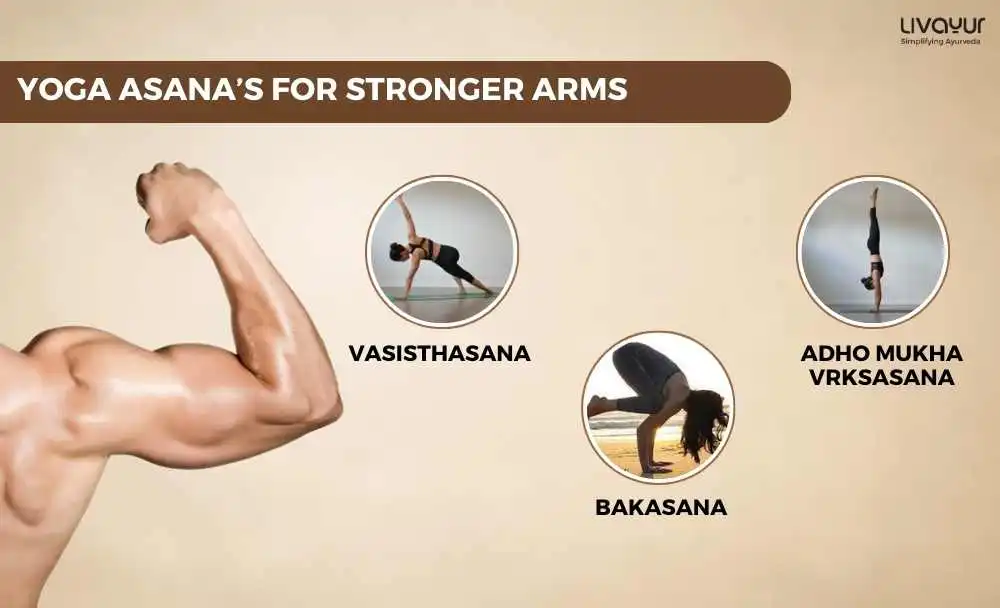
Building arm strength involves a combination of targeted exercises, proper form, consistency, and progressive overload. Any exercise routine to build muscle strength must include both compound exercises and isolation exercises. Here’s a list of some of the best exercises to include in any arm workout at home. While many can be performed with no equipment at all, some of the best arm workouts include exercises that require dumbbells or resistance bands. In addition to weight training, certain yoga asanas can also be used to build arm strength, improving flexibility and range of motion.
Exercises For An Arm Workout at Home
Whether you’re looking for an arm workout for women or men, here are 15 exercises that you should include to build arm strength.
- Push-ups: Push-ups are a classic bodyweight exercise that work your chest, triceps, and shoulders (1). To do push-ups, place your hands on the floor slightly wider than your shoulders and keep your body in a straight line. Lower yourself until your chest touches the floor and then push yourself back up.
- Triceps Dips: Triceps dips are another bodyweight exercise that target your triceps, the muscles at the back of your arms. To do triceps dips, sit on the edge of a chair or a bench and place your hands next to your hips. Lift your hips off the chair and bend your elbows to lower your body until your upper arms are parallel to the floor. Straighten your arms and return to the starting position.
- Bicep Curls: Bicep curls are a simple dumbbell exercise that work your biceps, the muscles at the front of your arms (2). To do bicep curls, stand with your feet shoulder-width apart and hold a dumbbell in each hand with your palms facing up. Curl the dumbbells up to your shoulders and then lower them back down.
- Skull Crushers: Skull crushers are a dumbbell exercise that work your triceps and chest. To do skull crushers, lie on your back on a bench or the floor and hold a dumbbell in each hand with your arms extended over your chest. Bend your elbows and lower the dumbbells toward your forehead and then extend your arms back to the starting position.
- Inverted Rows: Inverted rows are a bodyweight exercise that work your upper back, biceps, and forearms (3). To do inverted rows, you need a sturdy bar or a table that can support your weight. Lie on your back under the bar or table and grab it with both hands using an overhand grip. Pull yourself up until your chest touches the bar or table and then lower yourself back down.
- Close-grip Push-Ups: Close-grip push-ups are an advanced variation of push-ups that work your chest, triceps, and shoulders more intensely than regular push-ups. To do close-grip push-ups, place your hands on the floor under your chest with your thumbs and index fingers touching to form a triangle shape. Lower yourself until your chest touches the floor and then push yourself back up.
- Reverse Flyes: Reverse flyes are a dumbbell exercise that work your rear deltoids, upper back, and rotator cuff muscles. To do reverse flyes, stand with your feet shoulder-width apart and hold a dumbbell in each hand with your palms facing each other (4). Bend forward at the hips and keep your back straight. Raise your arms out to the sides until they are parallel to the floor and then lower them back down.
- Hammer Curls: Hammer curls are a variation of bicep curls that also work your brachialis and brachioradialis, two muscles in your forearm. To do hammer curls, stand with your feet shoulder-width apart and hold a dumbbell in each hand with your palms facing each other. Curl the dumbbells up to your shoulders and then lower them back down.
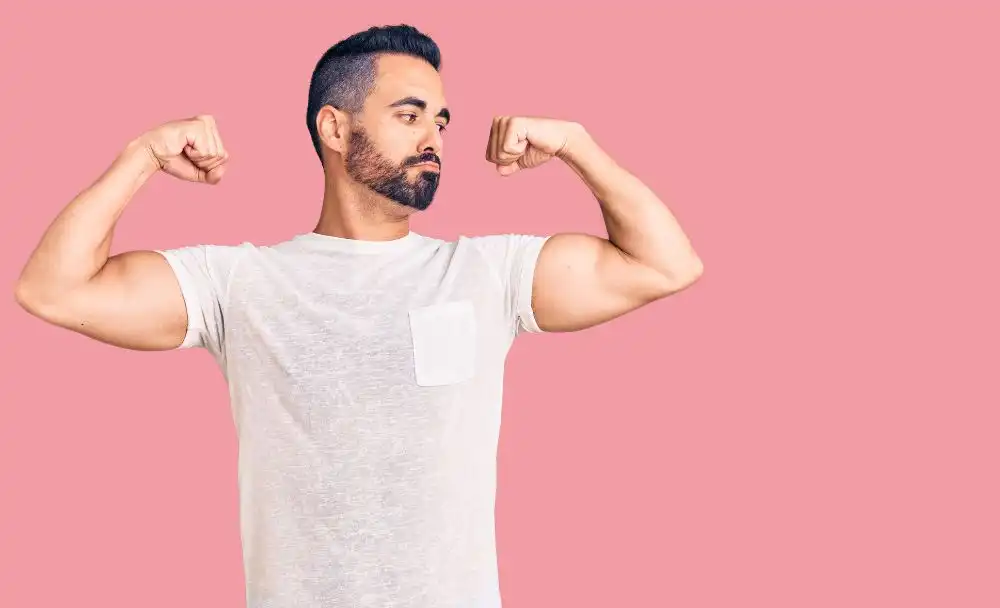
- Overhead Triceps Extensions: Overhead triceps extensions are a dumbbell exercise that isolate your triceps. To do overhead triceps extensions, stand with your feet shoulder-width apart and hold a dumbbell with both hands behind your head. Extend your arms and lift the dumbbell over your head and then lower it back down.
- Band Pull-Aparts: Band pull-aparts are a resistance band exercise that work your upper back, rear deltoids, and rotator cuff muscles (5). To do band pull-aparts, hold a resistance band with both hands in front of you at chest level. Pull the band apart by moving your hands away from each other until the band touches your chest and then bring it back to the starting position.
- Band Rows: Band rows are another resistance band exercise that work your upper back, biceps, and forearms. To do band rows, attach a resistance band to a sturdy object at waist level and grab the other end with both hands. Pull the band toward you by bending your elbows and squeezing your shoulder blades together and then return to the starting position.
- Plank Up-Downs: Plank up-downs are a challenging bodyweight exercise that work your core, chest, triceps, and shoulders. To do plank up-downs, start in a plank position with your elbows on the floor and your body in a straight line. Push yourself up one arm at a time until you are in a push-up position and then lower yourself back down one arm at a time until you are in a plank position again. Alternate the leading arm with each rep.
- Vasisthasana (Side Plank Pose): This pose is a balancing pose that works your obliques, deltoids, and wrists (6). To do this pose, start in a plank position and then shift your weight to your right hand and the outer edge of your right foot. Stack your left foot on top of your right foot and lift your left arm up to the sky. Keep your hips lifted and your body in a straight line.
- Bakasana (Crow Pose): This pose is an arm balance that works your wrists, forearms, biceps, triceps, shoulders, and core. To do this pose, start in a squat position with your feet together and your knees wide apart. Place your hands on the floor in front of you with your fingers spread wide. Lean forward and lift your feet off the floor by bending your elbows and resting your knees on the backs of your upper arms. Balance on your hands and gaze slightly forward.
- Adho Mukha Vrksasana (Handstand): This pose is an inversion that works your entire arm, shoulder, and core muscles (7). To do this pose, you need a wall or a partner to support you. Start in a downward-facing dog position with your hands on the floor and your feet on the wall or near your partner. Walk your feet up the wall or have your partner hold them until your body is vertical and aligned over your hands. Press firmly into your hands and engage your core to keep yourself stable.
Keep in mind that all of the body weight, dumbbell and resistance band exercises are best performed in sets of 3 with at least 10 to 15 reps each, while the yoga asanas should be held for at least a few breaths.
Conclusion
Remember that balanced strength training involves working all major muscle groups, not just the arms. A well-rounded routine that includes exercises for the chest, back, shoulders, and core will contribute to overall functional strength. If you’re new to strength training, consider seeking guidance from a fitness professional to ensure you’re using proper form and techniques.
FAQs
Is there any natural supplement to support arm muscle growth when working out?
Ashwagandha and Shilajit are regarded as the most effective natural supplements to promote muscle growth and support arm workouts as is clear from evidence.
When is the best time for workouts?
The best time for workouts depends on your preference and schedule, but some research suggests that exercising in the morning or early afternoon yields optimal results.
Should I eat before or after my workout?
Eating a balanced meal with carbohydrates and protein about 1-2 hours before your workout can provide energy and support muscle recovery; post-workout, consuming protein-rich foods aids in muscle repair and growth.
Disclaimer: This article is written from a health and lifestyle perspective. It is for general information and not meant to substitute any medical advice. Please consult your doctor for appropriate medical consultation.
References:
- https://journals.lww.com/nsca-jscr/abstract/1991/02000/push_ups_as_a_measure_of_upper_body_strength.4.aspx
- https://www.ncbi.nlm.nih.gov/pmc/articles/PMC6047503/
- https://www.researchgate.net/publication/269347890_The_Inverted_Row
- https://www.ncbi.nlm.nih.gov/pmc/articles/PMC5873332/
- https://www.ncbi.nlm.nih.gov/pmc/articles/PMC8975561/
- https://www.ncbi.nlm.nih.gov/pmc/articles/PMC5433114/
- https://www.irjet.net/archives/V8/i7/IRJET-V8I7465.pdf




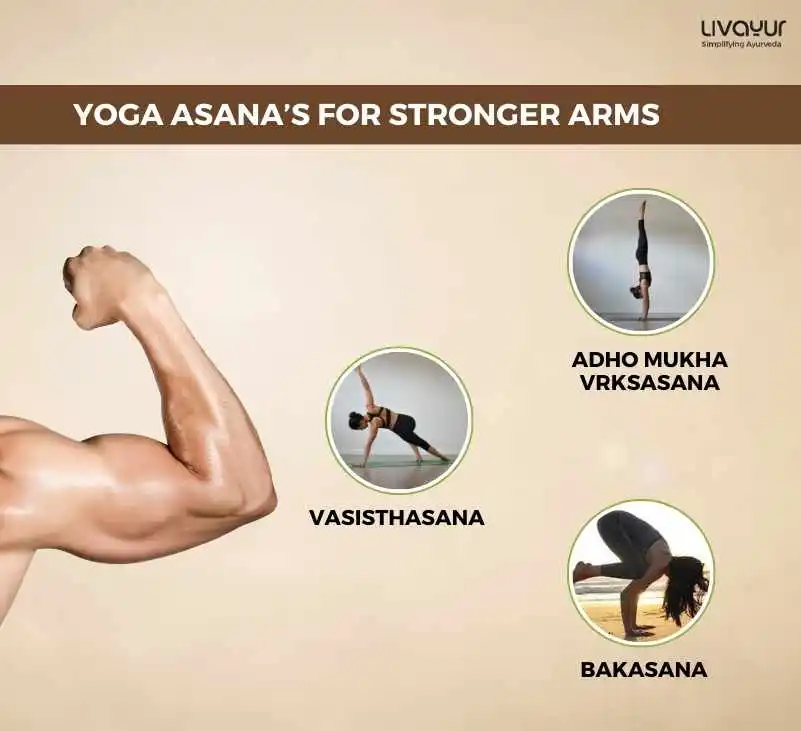
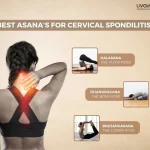
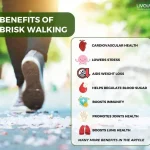
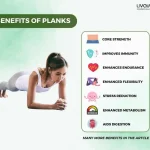
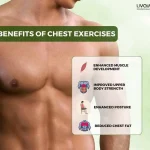
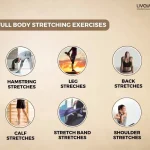




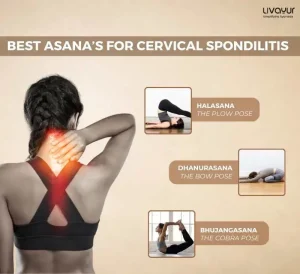
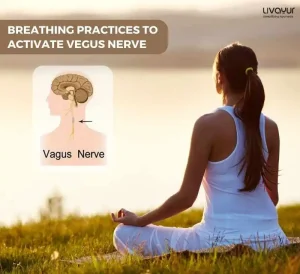

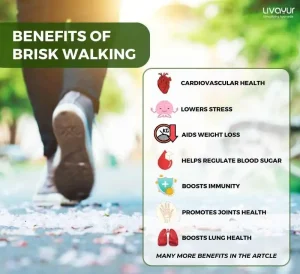
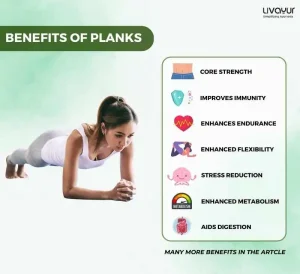




1 Comments